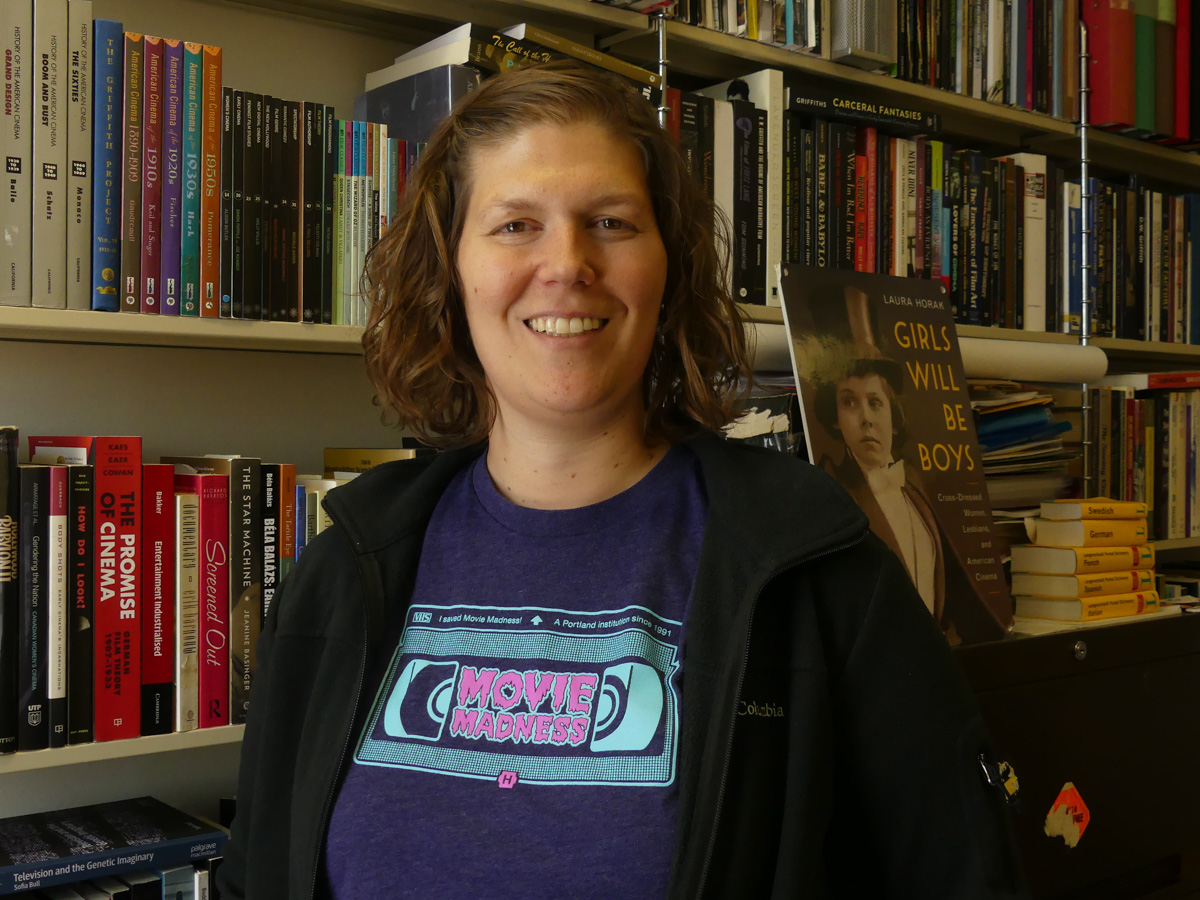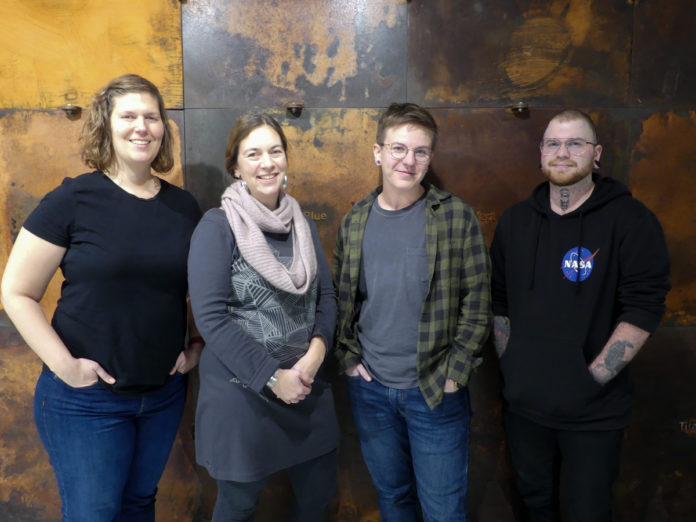Huddled in a small, dimly lit room, cinema lovers and scholars alike sat transfixed as they watched images flicker across a screen.
A grainy trailer for a documentary on New York’s glamorous 60s drag scene. A clip from a satire featuring a band of queer and HIV-positive activists of colour championing AIDS awareness. An experimental horror film about online dating gone wrong.
These were just some of the clips screened as part of a lecture exploring the history of trans cinema at SAW Video on Jan. 30. The showings stretched across genres and borders, from homemade video diaries to polished webseries.
Max Redecopp, an attendee, said they were surprised by the long existence of media documenting trans experiences.
“I had no idea, because you’re not taught this in school,” they said. “You’re not going to know much about this stuff unless you have trans elders you can go to.”
“‘We’ve always been here’—you hear about it a lot, but to actually see it and to have some people dedicated to research to bringing that to the forefront is really important,” they added.
The event was hosted by a team of cisgender and trans Carleton researchers working on the Transgender Media Portal (TMP), a database which spotlights Canadian and American trans filmmakers and their films.
Laura Horak, the TMP’s director and a Carleton film studies professor, said she was inspired to start the project after noticing the lack of research on media created by trans artists.
“Trans representation is dominated by stuff made by cisgender people,” she said. “It’s aimed at cisgender people and it just uses the same clichéd tropes of trans people that are often boring and offensive.

Describing her vision for the project as “IMDb meets Wikipedia for trans-made films,” Horak hopes the TMP will make historical and contemporary works more accessible to the public.
“The portal will allow anyone, from a middle school student who wants to organize a screening at their school, to a researcher, to someone who works in community health … to find exciting, really good films made by trans people on whatever topics they’re interested in,” she said.
Oliver Debney, a research assistant on the TMP team, said working on the portal brought him to reflect on his coming-out journey from over a decade ago.
“The only way that I could really identify with myself was through these external constructions of what people thought that could look like,” he said. “Even though there was content and media and representation being created at the time I came out, it wasn’t accessible to me and I just had no idea it existed.”
Debney hopes the TMP will help other trans people as they explore their identities.
“There’s no one way to be trans, you can kind of just exist as yourself and do what feels good,” he said. “There’s an entire collection of people out there doing the same thing, and that’s okay.”
Recently, with its large trans cast and an openly trans director, Pose has been lauded as a milestone in the history of on-screen trans representation. As a piece of trans media though, it’s far from the first—the show comes from a trans-centred film tradition that stretches back to the 1890s.
Redecopp said learning about the history of trans audiovisual work was validating and affirming.
“It’s really empowering,” they said.
“What we say, we can scream at the top of our lungs, but we have researchers and people who are specifically looking into these things and saying, ‘Yeah, you’re right, you have been here.’” – Max Redecopp
Debney agreed, adding that he hopes the TMP will change the minds of those who dismiss the trans community.
“I’d really just like to see people reconsider how they think about the history of trans people,” he said. “Through trans art in particular, you can kind of tell that it’s not just this new thing that’s been happening over the last 20 years, but that we’ve kind of always existed and have always been doing art and trying to represent ourselves.”
Aside from tracing the roots of trans-made media, the TMP will ensure that films are preserved by creating an archive of content.
“That’s a real problem, especially stuff on VHS, old video or digital video—they don’t last that long and they need to be migrated to other formats,” said Horak. “Basically every audiovisual thing other than film needs constant migration.”
The current version of the TMP features a list of black, Indigenous, and other PoC trans filmmakers, a list of trans film festivals, and academic resources on trans studies and media studies.
The TMP 2.0, slated for release in fall 2022, will be a collaborative database with information on trans filmmakers and Canadian and American trans-made films from the 1990s to the present. The team hopes to expand its scope in the future.
Redecopp said it will be interesting to watch the tool evolve and inspire those in the entertainment industry.
“I’m hoping these kinds of initiatives really empower other trans folk, nonbinary, gender-nonconforming folk to carve out that space and be unapologetically trans,” they said.
Horak similarly looks to the future of the TMP with hope and excitement.
“Launching it, training people and building a community around it are what I’m really looking forward to,” she said. “I think we’re just at the beginning.”
Featured photo by Tobin Ng.






